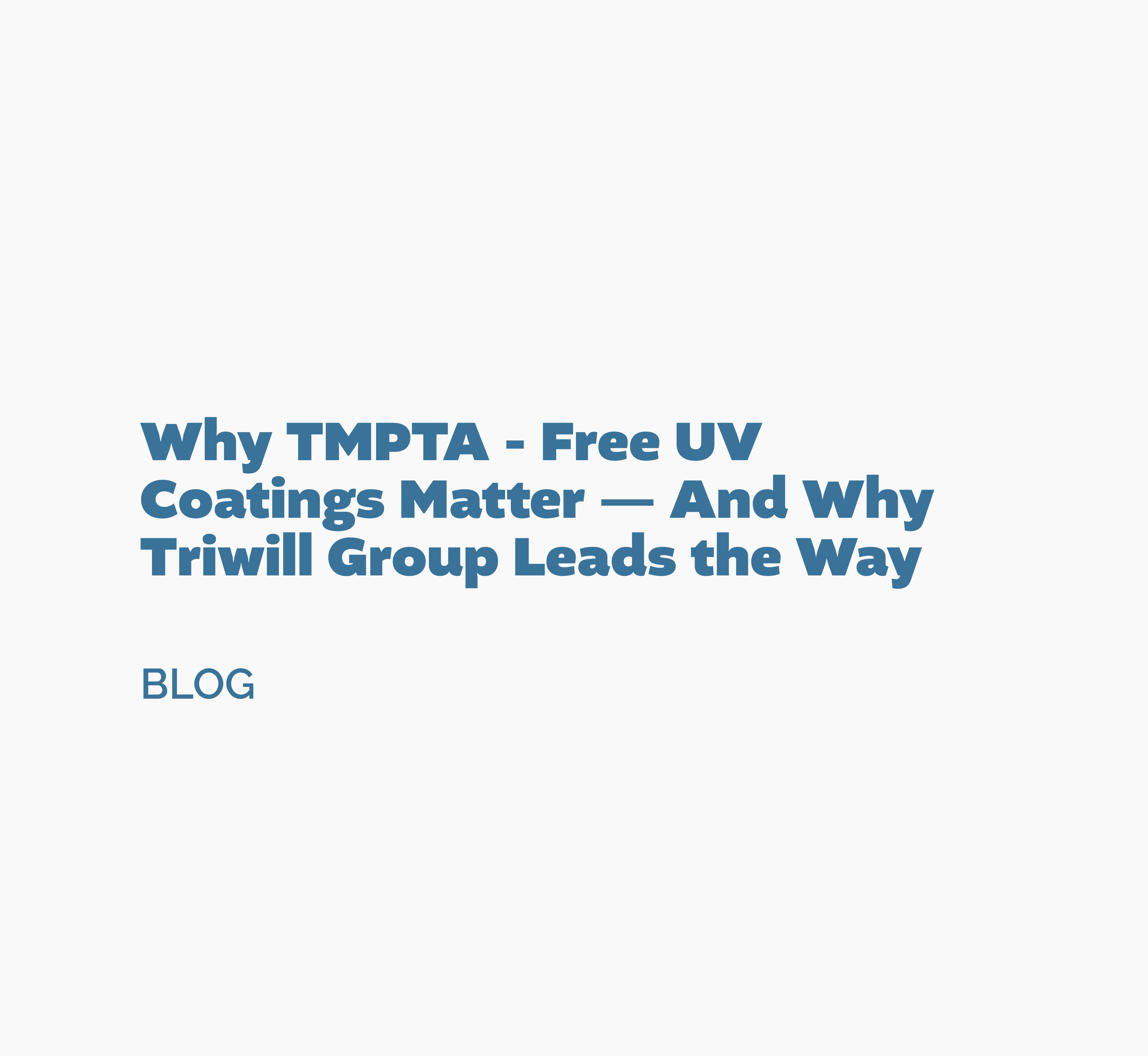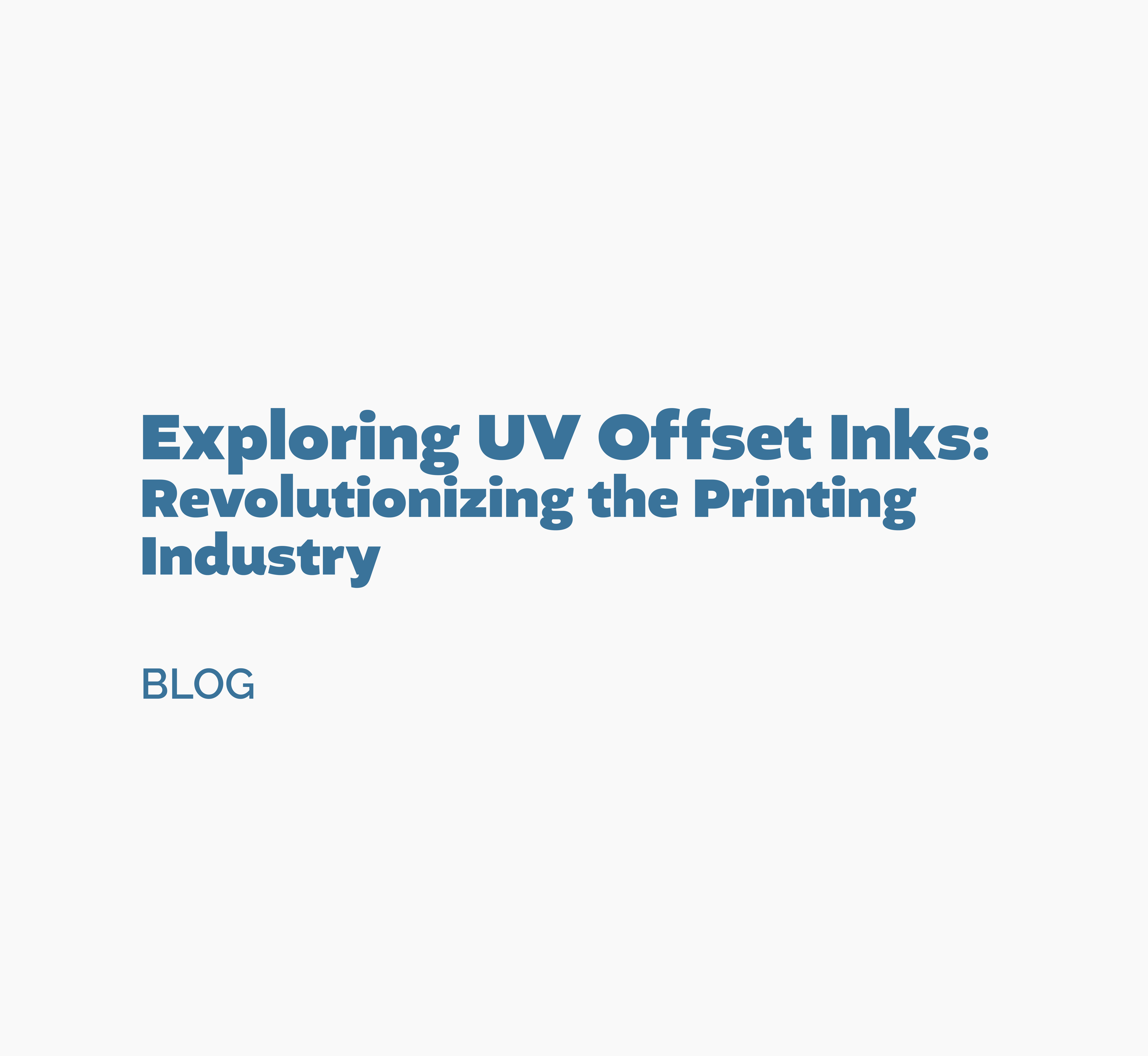As far as you know TMPTA (Trimethylolpropane Triacrylate) is a widely used monomer in UV-curable formulations, particularly in industries such as coatings, inks, and adhesives (Dispersions & Resins, 2023). Let’s delve into some details about what it is and why it is in high demand.
TMPTA’s primary role is as a crosslinking agent that aids in creating strong, durable bonds between polymer chains. This leads to rapid curing (we will delve into it in the next article), high crosslink density, and excellent adhesion to different surfaces, making TMPTA an essential component of UV coatings (Dispersions & Resins, 2023).
Why is it so popular?
TMPTA is popular in UV coatings because it increases the drying and hardening process by saving time. It also enhances the coating’s toughness, protecting it from damage usually caused by chemicals, weather, and wear. Additionally, it is a versatile ingredient used in various products such as coatings, adhesives, and varnishes. Moreover, it is cost-effective, helping to cut down costs in radiation curing processes while improving the consistency of the mixture.
Challenges with TMPTA
Recently, the European Chemicals Agency (ECHA) reclassified TMPTA as a Category 2 carcinogen, effective December 2023, which affects its use in the EU and surrounding regions (Engberg, 2023). This raises concerns about health risks, such as potential skin irritation, sensitization, and carcinogenic properties, prompting manufacturers to seek safer alternatives. Furthermore, based on the research, there are suspicions that it can even cause cancer.
Industry Response
The industry is working on optimizing portfolios with low-TMPTA or TMPTA-free products to address these safety concerns while maintaining performance. Many companies, including Triwill Group, are transitioning to TMPTA-free products to ensure safety without compromising performance. As the demand for safer UV-curable systems grows, the focus is on optimizing formulations that deliver the same fast-curing, high-performance results while minimizing health risks.
Key Pros and Cons of TMPTA
Pros:
- Rapid curing and high crosslink density
- Enhances hardness, chemical, and abrasion resistance
- Cost-effective and improves formulation viscosity
Cons:
- Reclassified as a potential carcinogen, which can cause cancer
- Can cause skin and eye irritation
- May lead to yellowing over time in UV-cured films
Expert Opinion from Triwill Group
At Triwill Group, we understand that TMPTA’s rapid curing and durability are unmatched. However, with emerging health and safety concerns, we prioritize health and sustainability above all. That’s why we’ve developed a full line of TMPTA-FREE coatings – delivering the same high-performance results without the risks.
By transitioning to safer alternatives, we ensure that our customers receive compliant, reliable, and high-quality UV coatings without compromising on safety or performance. Your trust in our products drives our commitment to creating safer, sustainable solutions for the industry.

